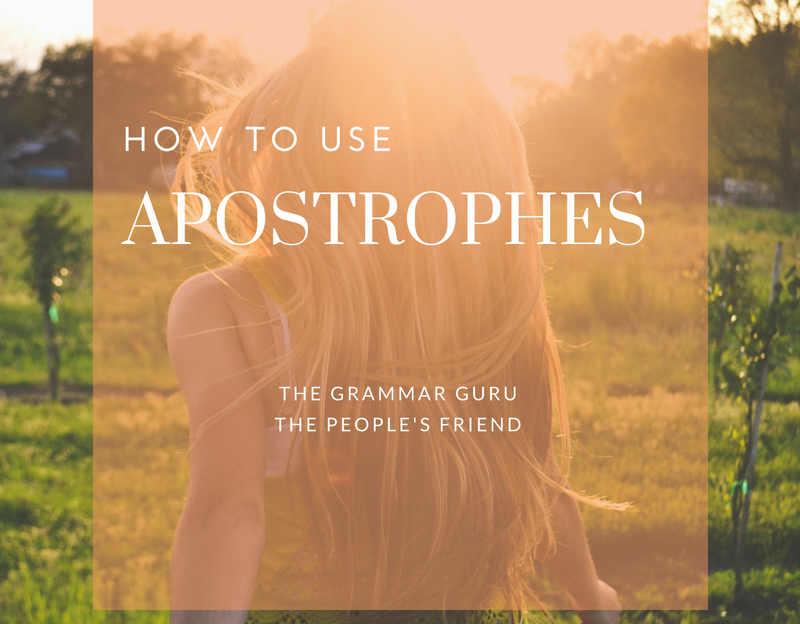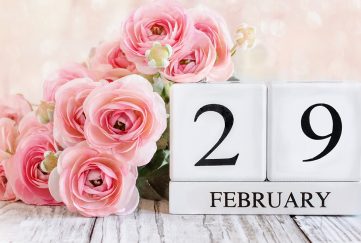Grammar Guru: How To Use Apostrophes

Welcome to the “Friend’s” first-ever Grammar Guru post!
We’re starting off with the apostrophe — possibly the single most misused and misunderstood piece of punctuation in the English language.
Follow our simple explanation of the rules, and you will never misplace an apostrophe again!
It’s really very simple. Apostrophes are used in two circumstances:
- To denote possession: “Mark’s jar of coffee is almost empty”.
- To indicate that a letter has been omitted: “It’s time for a coffee break so Mark will have to buy a new jar”.
And that’s it! But why do so many people find it so difficult to get right?
An apostrophe is never used to denote a plural
For some people, apostrophe confusion arises with plurals, but again, it’s simple. An apostrophe is never used to denote a plural.
Sometimes confusion occurs because a word ends in a vowel, but the plural still doesn’t need an apostrophe. This type of misuse is so common it has its own name – “the greengrocers’ apostrophe”, because it is seen so often on their stalls in the form of “grape’s”, “apple’s”, etc. But grammatically, if not edibly, there is no difference between “two apricots” and “two grapes, apples or bananas”.
Some words are plural and yet do not end in “s” – for example “children”, “men” – but the rule for denoting possession applies as above. Toys that belong to the children are “Children’s toys”. The football team for men is “The men’s football team”.
Confusion can also arise with the plurals of words that look like abbreviations, such as CD and DVD, but remember the rule – it’s a plural, so no apostrophe is needed: “I went into the charity shop yesterday and bought a CD and three DVDs”.
Children of the Seventies
The same applies to numbers. “I was a child of the 1970s” is correct – there should be no apostrophe between “1970” and the “s”. A handy trick if you’re unsure is to think about what you’d do if you wrote the number out as words: “I was a child of the Seventies”.
What happens if you want to denote possession and the word you’re using already ends in an “s”? For example, you’re writing about a bag that belongs to Charles. It’s “Charles’s bag”. But “It’s Charles’ bag” is also grammatically correct. The apostrophe goes after “Charles”, and the “s” that follows the apostrophe is usually written if you pronounce it when you speak the phrase – though it is permissible to leave it off if it wouldn’t be pronounced.
Using apostrophes correctly will make your writing seem polished and professional, while using them wrongly will give the opposite impression!
For more from the Grammar Guru, click the tag below.
Read more of our writing hints, tips and tricks here.





